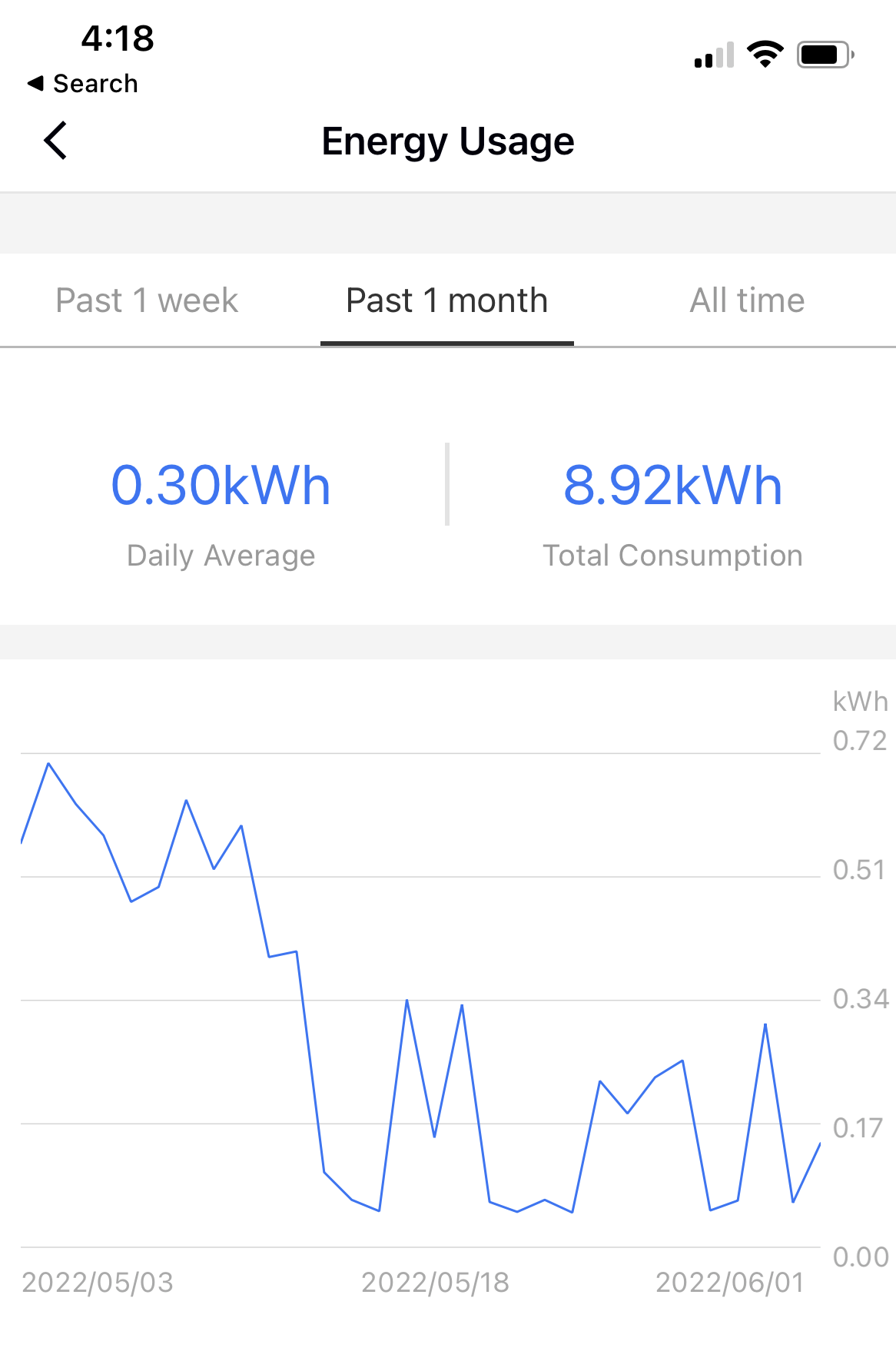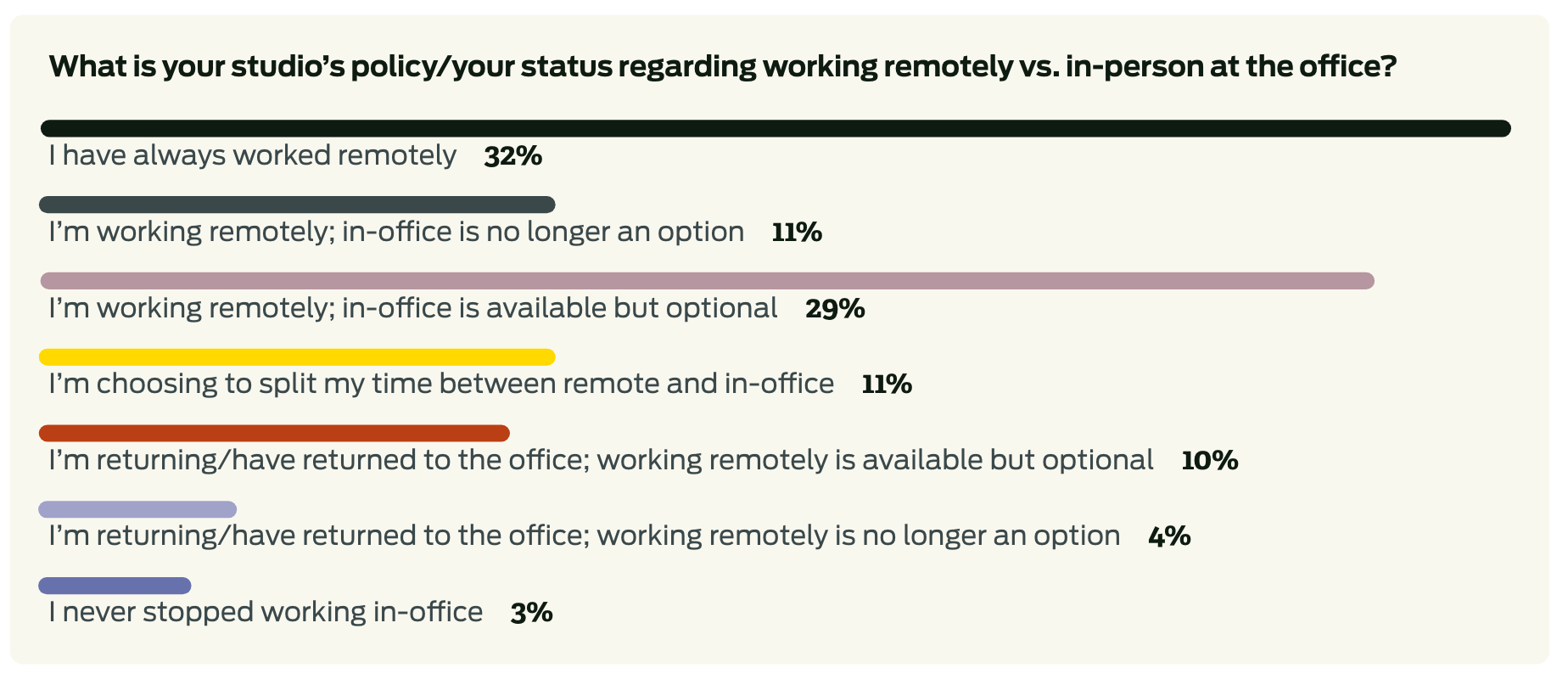How much electricity does indie dev use, and how can we find out?

At the top end of town, the games industry is waking up to the need to decarbonise, with many of the world’s largest game publishers and game development studios setting and making progress towards carbon neutrality and net zero goals. With the end of the financial year coming up, I am expecting more ESG reports to arrive for the 2021 calendar year from many of the studios canvassed in my calculations last year (used for Ch4 “How much energy does it take to make a game?”). I’ve already begun to update my spreadsheet from last time with the latest figures, but I’m running into an issue with a lack of data from small studios and indie game makers, who are unlikely to have dedicated ESG capacity.
To that end, I’m releasing a new survey of game developers electricity consumption covering the year 2021, asking developers with access to their past power bills to add up the figures for the electricity bought last year. The survey link is here, and if you’re an indie game maker, or a small development team without the capacity to do full climate audits and ESG reports, this is a great way to figure out (and disclose) your own environmental impact. I would love it if you shared the link in your networks as well – the more data we collect, the more accurate the picture we can provide of the current energy consumption and emissions of the games industry.
One issue that cropped up the last time I did this survey was the challenge of disaggregating data for work-from home developers. The problem comes from the fact that when you WFH your work and personal energy are mixed together in the one electricity bill, and so the figures reported for individual WFH developers ended up higher than for some whole teams of multiple developers working in a dedicated office space. In an office, you don’t typically have a household hot water system, a washing machine, clothes drier, dishwasher, and so on. So the electricity consumed by game development work ends up appearing lower because these other loads aren’t present on the bill. How big or small actual solo and WFH developer’s energy consumption is remains an open question.
One of the goals of the project that I am working on with Melbourne based studio Paper House is to come up with a minimum viable process for collecting this data and calculating carbon emissions. At present, the team has a dedicated studio space in the Melbourne suburb of Thornbury, and I’ll be looking at their first half of the year’s energy consumption shortly. But there’s a significant amount of the time that team members work outside the office, often doing a fair few days of work from home. What we really need is to collect the power of desktop computing and other work devices from the home office directly.
To try and capture some of this data, I’ve found a relatively cheap internet connected power plug that measures energy consumption for devices plugged into it. I’ve had my own desktop Mac plugged into one for a couple of months, with the app slowly logging the daily energy consumed in real time. Extracting that data from the app is a little bit of a pain, and in our first iteration I think we’re going to just copy the values in the app into a spreadsheet by hand. But eventually, I would like to automate the process, so that it’s even easier for distributed teams of developers to deploy.

The plug itself is a Meross brand device, and you can get a 1, 2 or 4 pack on Amazon for less than the cost of a night out. Helpfully, someone has built an API toolkit for the device on GitHub, written in Python, which allows you to pull the data from the device and do things with it, like save it to a Google spreadsheet. I’ve made a start (my python is pretty basic, so it took me several weeks) but if anyone reading this newsletter has the capacity to help out with this part of the project, please do reach out via email or let me know on twitter. I think for a decent python programmer it could be as little as a couple of hours of work to produce something that we could host on GitHub as an open source tool for indie devs and WFH development teams to calculate their energy consumption.
The last time I saw a GDC State of the Industry survey discussing the size of different teams of game developers (in the 2020 survey), it showed that as much as 42% of the industry (or at least, of attendees to GDC that year) working on games in teams of less than 11 people. How many of those small teams are going to be primarily working from home? I think it’s a safe to say a large proportion.

Calculating the emissions of WFH and indie development is going to be increasingly important for the decarbonisation of the games industry, simply because it’s an increasingly large segment of the total games industry. One might argue (and it’s probably a relatively safe assumption) that individual WFH devs in small teams have lower emissions footprints per person than larger teams – but that’s precisely the kind of assumption that could be validated with real world figures. It might be true, but there might also be some stronger correlations between, say, the type of game being made, or even the type of position a particular WFH employee is in. Are 3D visual artists using more power than, say, audio engineers, or even programmers? What sorts of hardware, with what sort of energy profile are developers using? Until we collect more data on this, all we have are assumptions and heuristics.
This year’s 2022 State of the Industry survey was conducted towards the end of 2021 and “before the first known cases of the omicron variant were reported” – yet even so it found that a whopping 90%+ of game developers were still doing some (or all) of their work from home.

The question of WFH energy and emissions is therefore not just an indie dev problem, but it reflects the same challenge now facing larger game developers and their attempts to calculate their true emissions footprint in the new normal of remote work.
If you’re interested in doing something about this challenge, get in touch! And if you’ve got access to your own or your workplace’s power bills from 2021, please consider filling in the survey. It shouldn’t take more than 5 or 10 minutes depending on how long it takes you to find your past electricity bills.
By the way – if you're in Australia (or a timezone condusive to watching online events in the Australian evening) I'm speaking at an event hosted by Sydney Games Developers on Thursday the 2nd June. Come along if you're able.
If you're enjoying these posts and what I'm doing here at GTG and want to support it, don't forget you can become a GTG Supporter for as little as a few dollars a month.